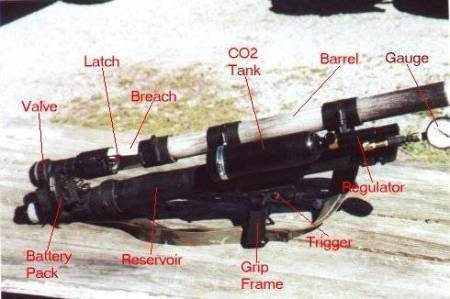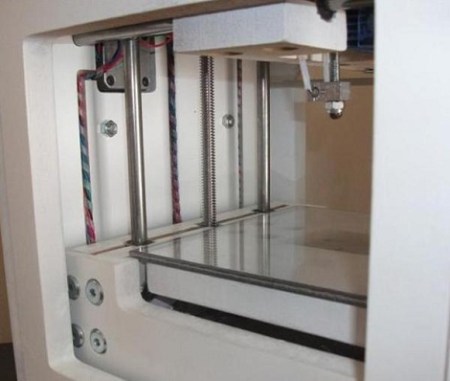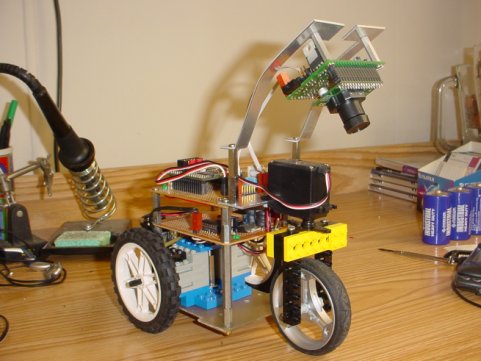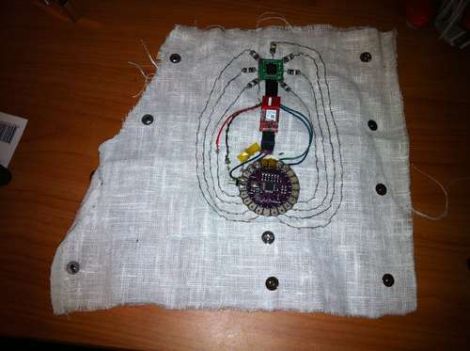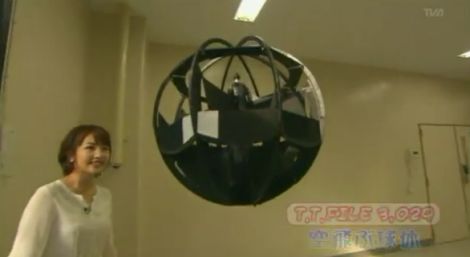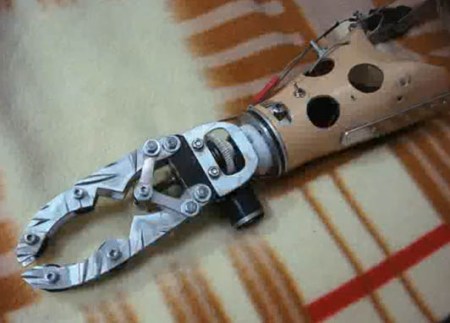
After a motorcycle accident that cost him is arm [Martin] and his son [Luke] chose not to give up. They used their considerable mechanical skills to create a replacement robotic arm which allowed Martin to start doing some of the simple things he had been unable to do with the prosthetic he was originally fitted with. There are not a lot of details but it seems the arm has 2 degrees of freedom with a claw manipulator, controlled via chin controls to free up his other arm. For anyone interested in similar projects you should check out the Open Prosthetics Project. There is a short video after the break which tells Martin’s story. If you don’t have an arm, build one, seems perfectly reasonable to us. Nice work guys! We look forward to seeing the next version.
Continue reading “A Prosthetic Arm That Doesn’t Cost An Arm And A Leg.”

